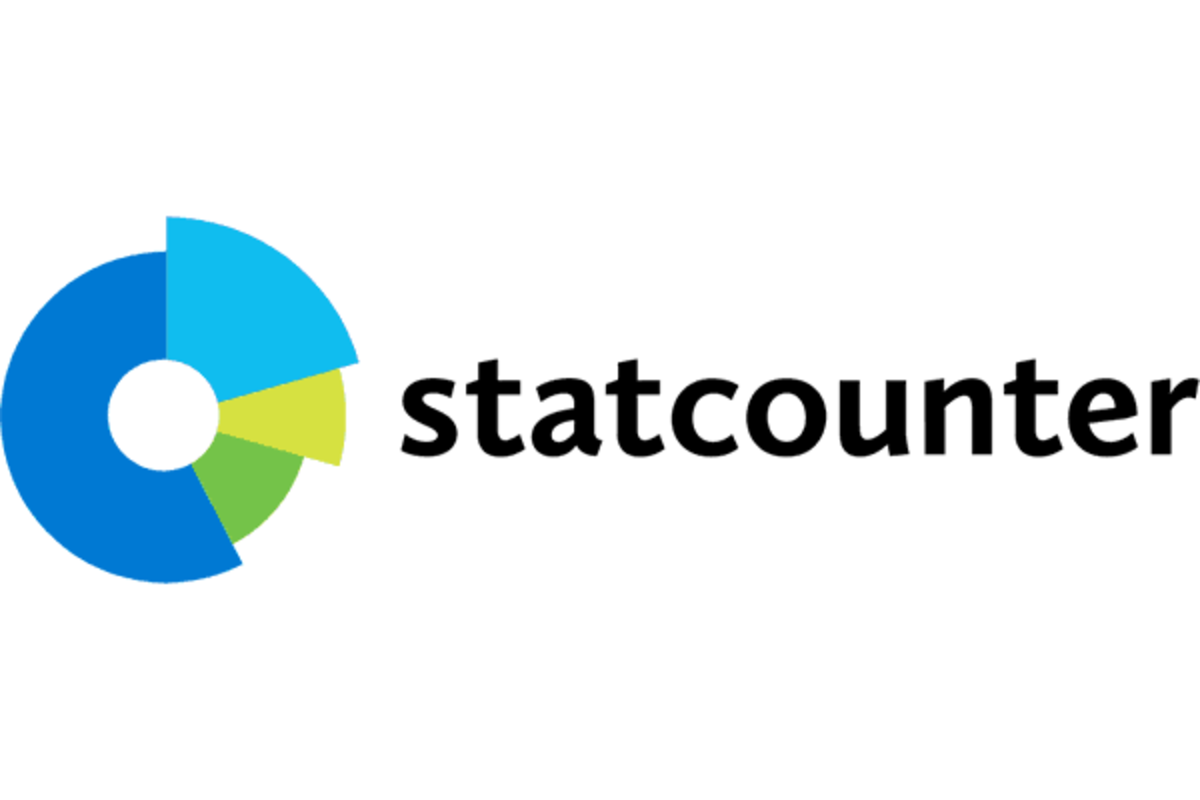Structural Analysis of Food Choice Practices for Children under Five Years Old at Rural Communities West Java
Abstract
ABSTRACT
The surge in malnutrition prevalence of underweight children under five from 17.9% to 19.6% in the 2007-2013 period, indicates that Indonesia is facing problems in terms of public health. Previous studies showed that the nutritional status and the health of children are concerned with the social practices of their food choices. The purpose of this study is to identify the forms of social structure and analyze the structures that play a role as inhibitors or activators social practices of food choice for children. This study involved 200 people of the main organizer of family food from the two communities in West Java province. Communities chosen have characterized the local community of highland and lowland agriculture. The results show that the structures that play a role as inhibitors or activators social practices of food choice in the highland community are the selection of food supplied from outside the community (structure of domination), income (structure of domination), and access to means of transportation (structure of domination). Meanwhile , at the community of lowland , structural inhibitors and activators social practices of food choice were identified as the food regulation for children who suffer from pain (structure of legitimacy), norms of parenting (structure of legitimacy ), a selection of food supplied from outside the community (structure of domination) and family support (structure of domination).
Keywords: social practices, food choices, structure
ABSTRAK
Melonjaknya prevalensi gizi underweight anak balita dari 17.9% menjadi 19.6% pada tahun 2007-2013 menandai Indonesia sedang menghadapi masalah dalam hal kesehatan masyarakat. Penelitian-penelitian sebelumnya menunjukkan bahwa status gizi dan kesehatan anak mempunyai kaitan dengan praktik sosial pilihan pangan. Tujuan penelitian ini adalah mengidentifikasi bentuk struktur sosial dan menganalisis struktur sosial yang berperan menghambat dan mengaktifkan praktik sosial pilihan pangan untuk anak. Kajian ini melibatkan 200 individu pengelola utama pangan keluarga dari dua komunitas di propinsi Jawa Barat. Komunitas yang dipilih mencirikan komunitas lokal pertanian dataran tinggi dan komunitas lokal pertanian dataran rendah. Hasil penelitian menemukan bahwa struktur yang berperan sebagai penghambat atau pengaktif praktik sosial pilihan pangan pada komunitas dataran tinggi adalah pilihan pangan yang disediakan dari luar komunitas (struktur dominasi), biaya/penghasilan (sumberdaya alokatif-struktur dominasi), dan akses sarana transportasi (sumberdaya alokatif-struktur dominasi). Sementara itu, pada komunitas dataran rendah, struktur penghambat dan pengaktif praktik sosial pilihan pangan yang teridentifikasi adalah aturan pangan untuk anak yang menderita sakit (aturan-struktur legitimasi), norma pengasuhan anak (aturan-struktur legitimasi), pilihan pangan yang disediakan dari luar komunitas (struktur dominasi) dan dukungan keluarga (struktur dominasi).
Kata kunci: praktik sosial, pilihan pangan, struktur
Authors who publish with this journal agree to the following terms:
- Authors retain copyright and grant the journal right of first publication with the work simultaneously licensed under a

This work is licensed under a Creative Commons Attribution 4.0 International License. that allows others to share the work with an acknowledgement of the work's authorship and initial publication in this journal. - Authors are able to enter into separate, additional contractual arrangements for the non-exclusive distribution of the journal's published version of the work (e.g., post it to an institutional repository or publish it in a book), with an acknowledgement of its initial publication in this journal.
- Authors are permitted and encouraged to post their work online (e.g., in institutional repositories or on their website) prior to and during the submission process, as it can lead to productive exchanges, as well as earlier and greater citation of published work (See The Effect of Open Access).




.png)










